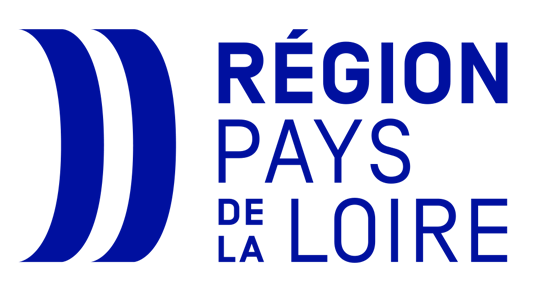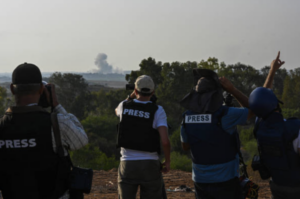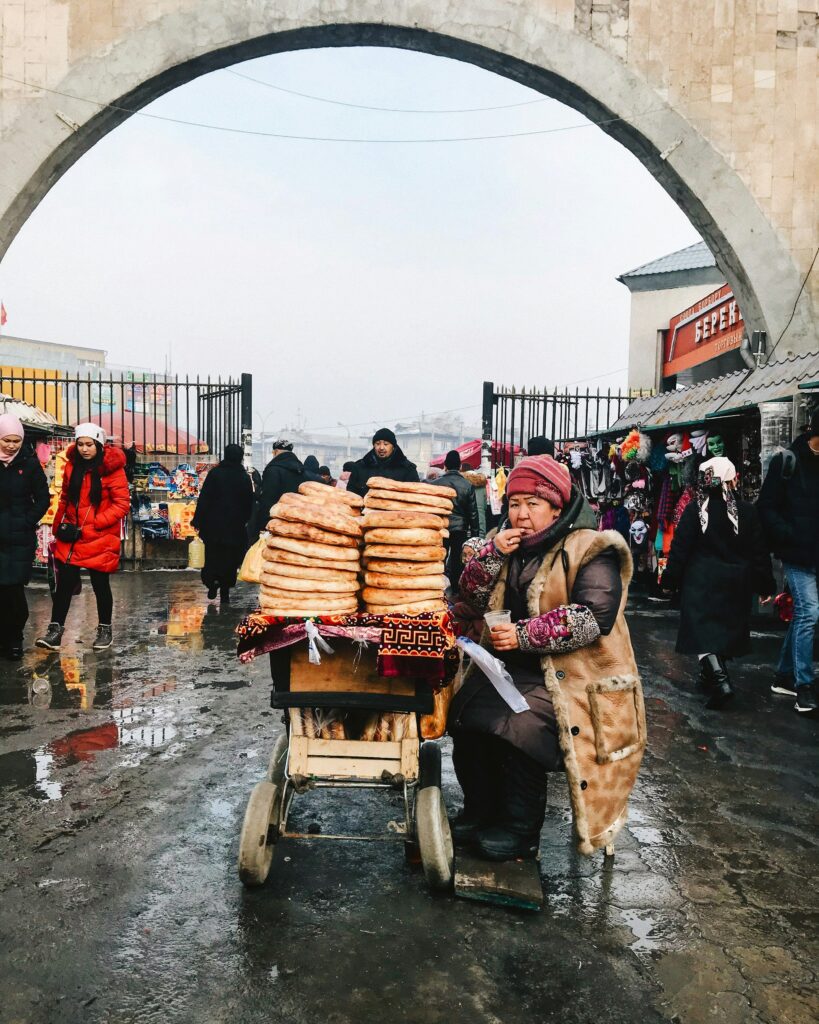Kyrgyzstan and Tajikistan: two territories with a communist past
In the 1920s, when Kyrgyzstan and Tajikistan were becoming Soviet socialist republics, the Bolsheviks decided to draw a border between these two territories. The border was porous and failed to separate the Kyrgyz and Tajik populations. As a result, inter-community conflicts emerged in the 1930s, particularly around the Tajik enclave of Vorukh located in Kyrgyz territory. Decades later, in 1991, the break-up of the Soviet Union allowed the two members of the USSR to gain their independence. The Kyrgyz parliament immediately declared the birth of its autonomous republic. This was followed by Tajikistan following the Moscow putsch, a failure which accelerated the dissolution of the USSR.
The emergence of a climate of insecurity after the fall of the USSR
The dissolution of Gorbachev’s Soviet Union rekindled hostilities in Central Asia. In the absence of a real delimitation of the borders between Tajikistan and Kyrgyzstan, insecurity is increasing. Indeed, transnational Islamist movements threaten the integrity of the territories as well as their regime. The militarization of the borders is therefore becoming a major issue to ensure their security. Therefore, Kyrgyzstan founded the province of Batken and installed the army there. Tajikistan, on the other hand, is trying to combat the spread of Taliban regimes.
Strengthening borders at the risk of freedom ?
While Kyrgyzstan and Tajikistan protect their borders from external threats, the establishment of checkpoints and the presence of border guards severely restrict the freedom of movement of local people. This situation is unpleasant and leaves a climate of tension and animosity. Even more, despite the materialization of borders, they do not prevent conflicts.
The emergence of new tensions on the Kyrgyz-Tajik border
Despite increased border security, Kyrgyzstan and Tajikistan are only partially successful in ending the violence. New border conflicts emerge, this time taking a different turn. While terrorist’s threats have decreased, the main object of tension is becoming the accessibility of water. In 2021, almost fifty people lost their lives because of a conflict over access to this “blue gold”. Access is difficult because water distribution points are unevenly distributed in the region, favoring Tajikistan. Yet Kyrgyzstan is sustained by the agricultural sector, which employs half of its inhabitants and thus contributes to a large part of its GDP, and it cannot do without water. Therefore, this resource is so coveted and at the center of major tensions.
Similarly, on the 14th of September 2022, a new confrontation took place between Kyrgyzstan and Tajikistan. This conflict began when Kyrgyz forces opened fire on Tajik border posts. In response, Tajikistan escalated the violence by bombing Kyrgyz territory with all its available arsenal, such as rocket launchers and armoured vehicles.
Is a final peace on the horizon?
As the conflict unfolded during the regional summit of the Shanghai Cooperation Organisation (SCO), the Kyrgyz president, Sadyr Japarov, and his Tajik counterpart, Emomali Rahmon, called for a ceasefire. This request is supported by the Kremlin. Indeed, it calls for a return to calm and a resolution of the conflict through political and diplomatic means. Despite the intervention of Vladimir Putin, the two territories accused each other of violating the truce a few hours after the ceasefire was announced.
Despite lingering border animosity, peace seems attainable. The foreign ministers of the two countries have held talks to put an end to the clashes. Similarly, UN Secretary General Antonio Guterres has called on the Kyrgyz and Tajik presidents to encourage dialogue and establish a lasting ceasefire.
While Kyrgyzstan and Tajikistan are quite unstable politically, unity and peace seems to be the best solution to resolve these tensions.










